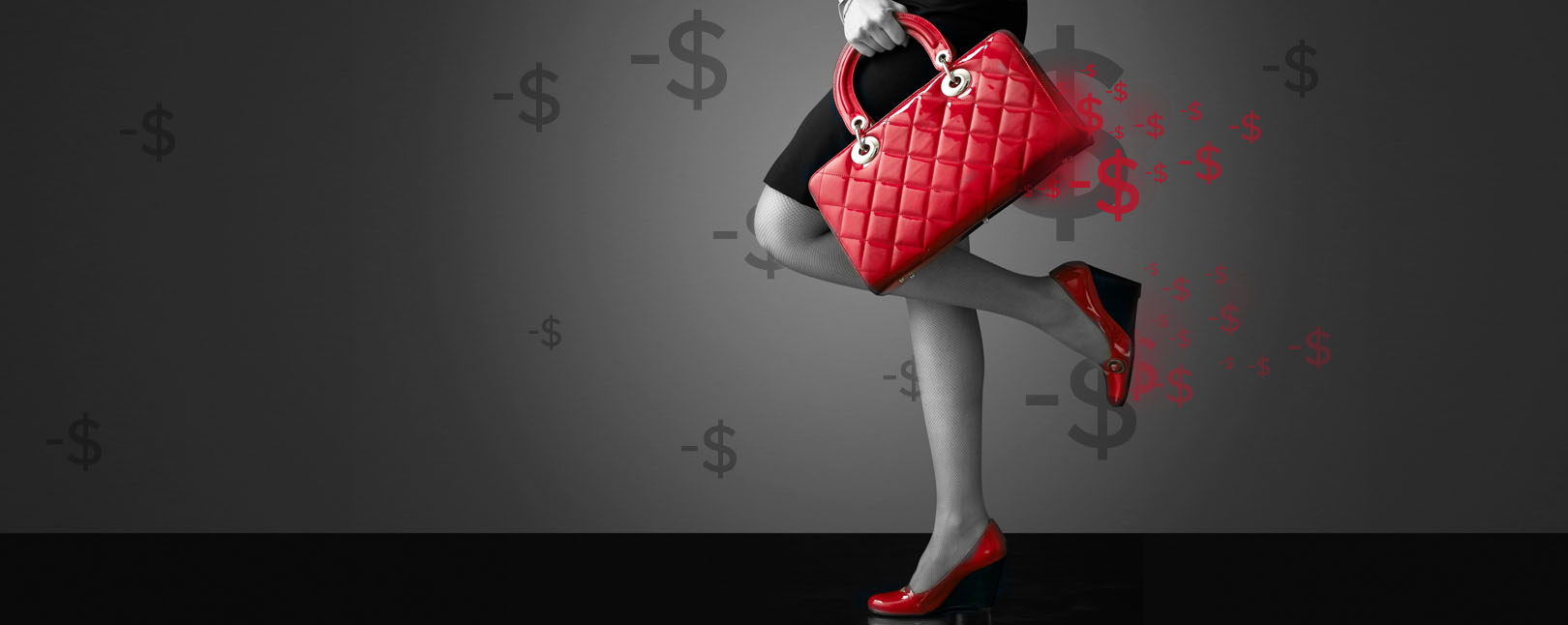How High-End Retailers Can Battle eCommerce Fraud
Big-ticket luxury items tend to attract a relatively small, yet highly-influential crowd of customers who buy based on quality and service. Unfortunately, those same items tend to attract fraudsters looking to pull a low-effort, high-profit scam.
Why are Premium Retailers at Risk?
Resisting the growing card-not-present fraud threat is a major concern in every industry and product category. However, the stakes are even higher when dealing with big-ticket items.

Luxury designer goods like jewelry and high-end handbags tend to be exceptionally popular targets for online fraud. These items are very easy to resell due to their popularity and broad appeal among consumers around the world, plus they are small and easy to ship.
As if this weren’t enough, the general scarcity and high cost of these items send consumers into the resell market more frequently than in most product categories. This means retailers are hit both ways—fraudsters steal their products, then use the stolen goods to compete against those same retailers in the marketplace.
Balancing Fraud Prevention & Customer Satisfaction
Big-ticket merchants are forced to balance alienating shoppers in a small consumer base on the one hand against exceptional fraud costs on the other, putting them in a more difficult spot than most sellers.

The first impulsive response to the increased threat is often to adopt stricter automated fraud tools, but with small consumer bases, this is not a sufficient solution. What is the best way to balance between these two forces and minimize false declines while identifying fraud effectively?
The first step is to analyze and understand consumer buying behavior. Where are luxury buyers located? Are they shopping for “mass luxury” (items totaling between $200 and $999), or “high luxury” (purchases of more than $1,000)?
Mass Luxury
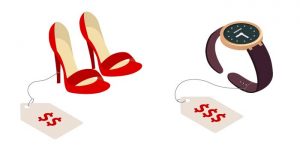
Consumers enjoying high levels of overall development overwhelmingly buy in the more moderate category. Shoppers in countries including the US, Australia, and Japan purchase large quantities of mass luxury items, but high luxury purchases are relatively rare. China was a huge focus for high-end sellers in the past, but as development and growth leveled-off, China joined other nations in the mass luxury camp.
According to data from Ingenico Group, Europe dominated luxury shopping overall, with just five countries—the UK, France, Italy, Germany, and Spain—representing roughly 70% of global luxury eCommerce spend.
Norway, Finland, and Romania stood out as growing markets, each representing between 3-4% of global spend. This is significant, as both Norway and Finland were identified as being among the safest countries in the world regarding fraud. However, Romania was among the top 5 worst, with roughly 10% of all online transactions found to be fraudulent in 2015.
High Luxury
High luxury tended to make up a much larger share of premium eCommerce in developing markets. These countries often see greater polarization of wealth, meaning there are few buyers in the more moderate luxury price range to counterbalance the wealthiest shoppers.
There is also a correlation between rapid economic growth and demand for ultra-premium products. Africa, home to more than half of the world’s fastest-growing economies, saw a 35% increase in demand in the last four years alone. Looking at the ratio of high-to-mass luxury purchases, Angola set the bar on the continent with 9% of all purchases being above $1,000.
There were also markets for high luxury in select enclaves of extreme wealth around the world such as Hong Kong and Singapore. Shoppers in these epicenters tended to make many more premium purchases than those in surrounding regions. For example, the city of Dubai accounted for 30% of the entire Middle Eastern luxury market.
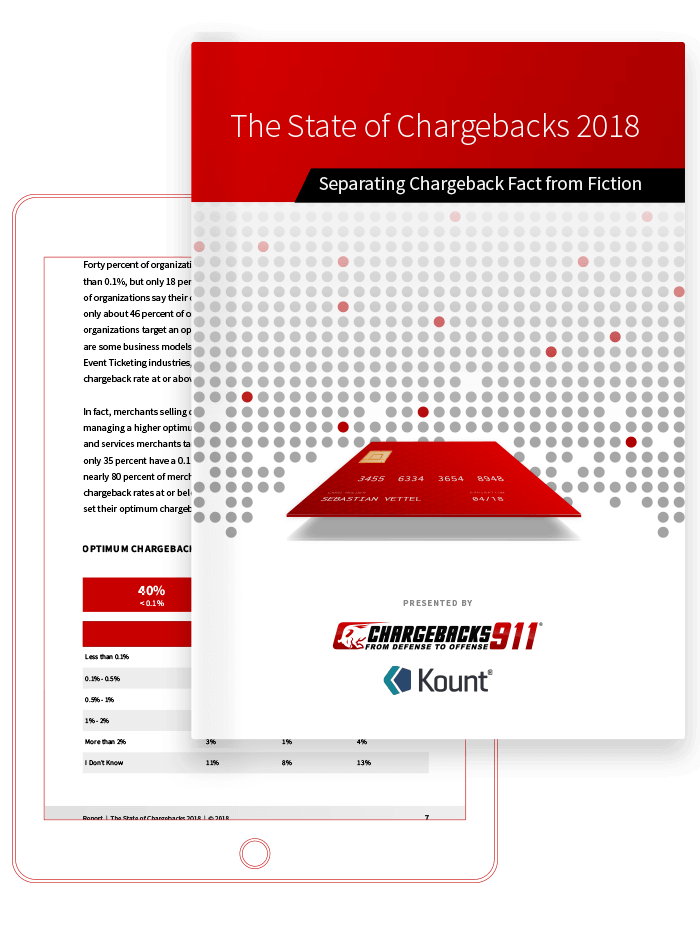
The State of Chargebacks 2018
Launched as a way of collecting and analyzing industry findings, the State of Chargebacks survey reflects the experiences of more than one thousand respondents in the card-not-present space. Download to learn the latest insights on fraud and chargeback management.
Free DownloadThe High Cost of Luxury Retail Chargebacks
Once merchants are familiar with their buyers, it’s time to understand the challenges associated with serving them. The prevalence of criminal fraud attacks against high-end luxury goods retailers is reflected in overall chargeback trends.
Luxury retailers tend to see fewer individual sales but very high transaction totals compared to other merchants. Therefore, each chargeback can severely impact the seller’s bottom line. The Ingenico data showed that even though items costing more than $1,000 represented just 18% of all chargebacks, they ultimately cost 0.3% more in total than the other 82% of all chargebacks combined.
The lower number of transactions in these product categories forces high-end merchants to be even more conscious of their chargeback ratio than the average seller. Depending on the business model, even a small handful of chargebacks each month could be more than enough to force a merchant over the chargeback threshold and onto the MATCH List. Thus, premium sellers tend to engage in manual reviews and ultimately decline transactions much more frequently than other merchants.
Chargeback Thresholds: Running the Numbers
Assume two merchants each conduct $400,000 in monthly sales. Merchant A has an average transaction of $20, while Merchant B’s average sale is $1,000.
Merchant A: $400,000 in monthly sales / $20 average transaction amount = 20,000 monthly transactions
Merchant B: $400,000 in monthly sales / $1,000 average transaction amount = 400 monthly transactions
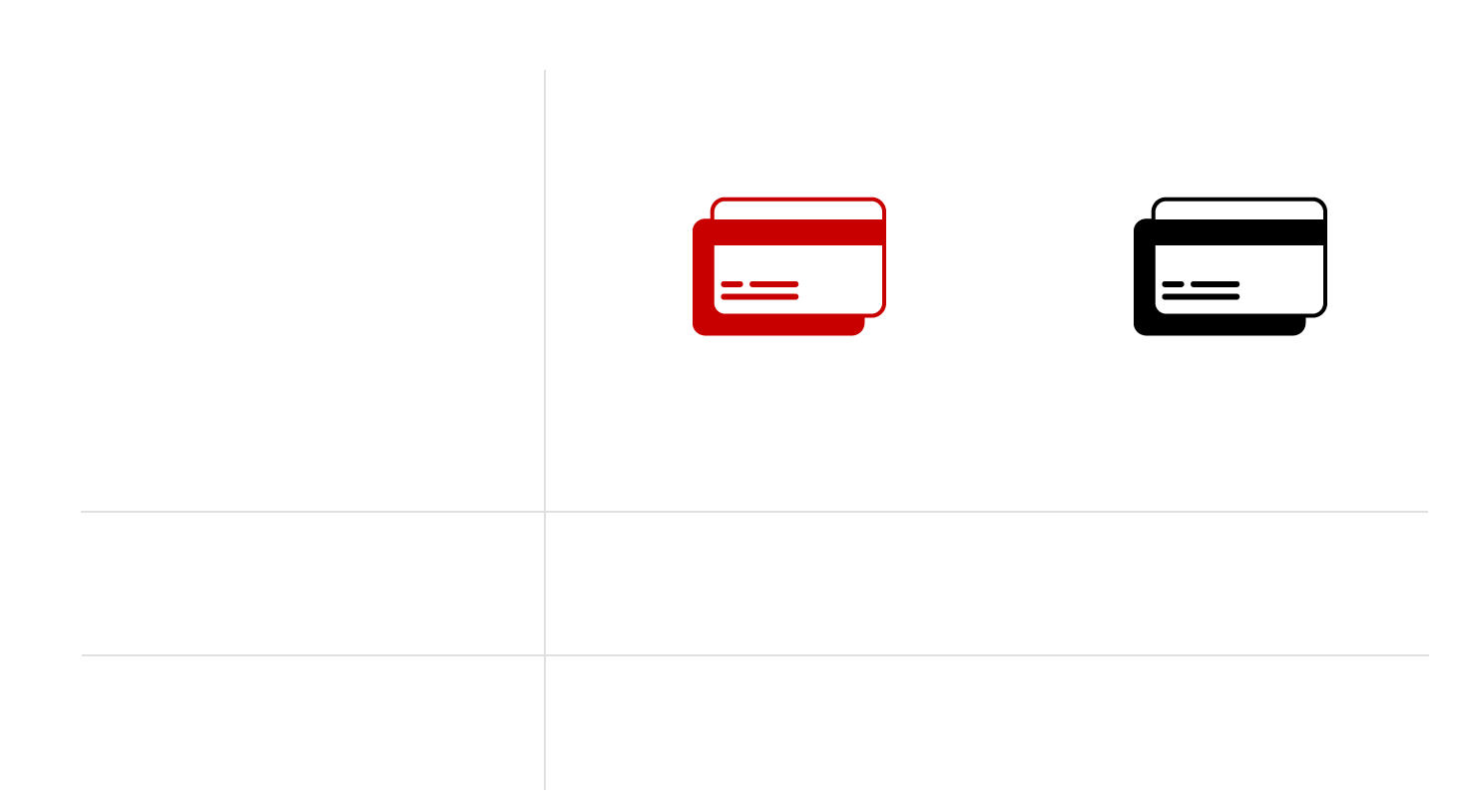
Merchant A
Merchant B
$20.00
$1,000.00
Avg. Transaction Amount
# of Transactions/Month
20,000
400
$400,000
$400,000
Monthly Sales
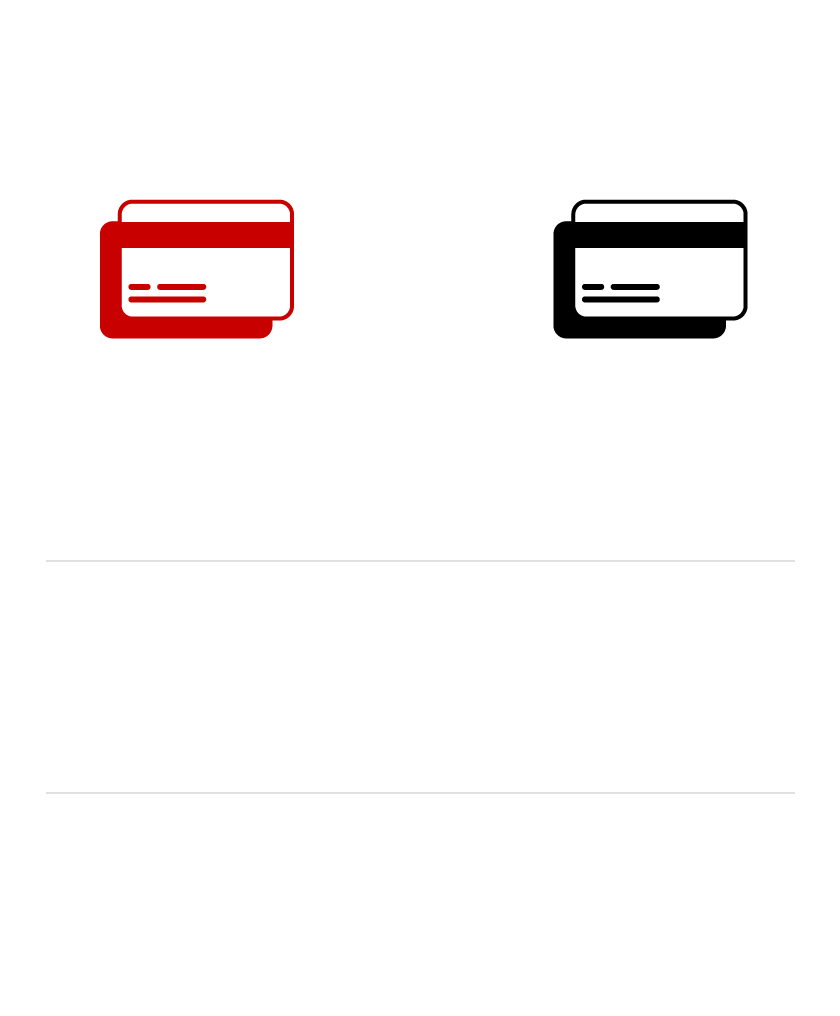
Merchant A
Merchant B
Avg. Transaction Amount
$20.00
$1,000.00
# of Transactions/Month
20,000
400
Monthly Sales
$400,000
$400,000
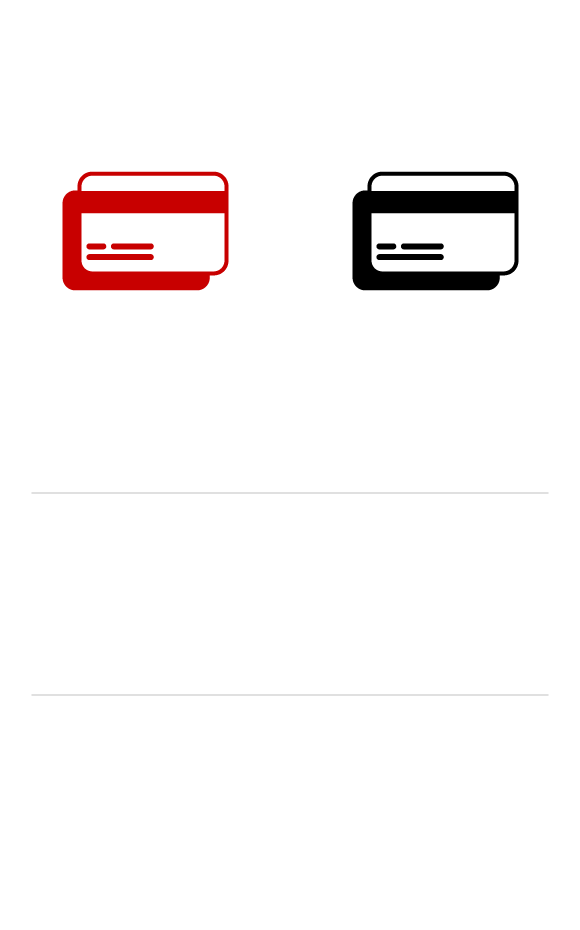
Merchant A
Merchant B
Avg. Transaction Amount
$20.00
$1,000.00
# of Transactions/Month
20,000
400
Monthly Sales
$400,000
$400,000
Merchant A could receive 200 monthly chargebacks before being in danger of breaching chargeback thresholds. Merchant B, on the other hand, could breach thresholds after only four chargebacks in a month.
Merchant A: 200 chargebacks / 20,000 transactions = 1% chargeback-to-transaction ratio
Merchant B: 4 chargebacks / 400 transactions = 1% chargeback-to-transaction ratio
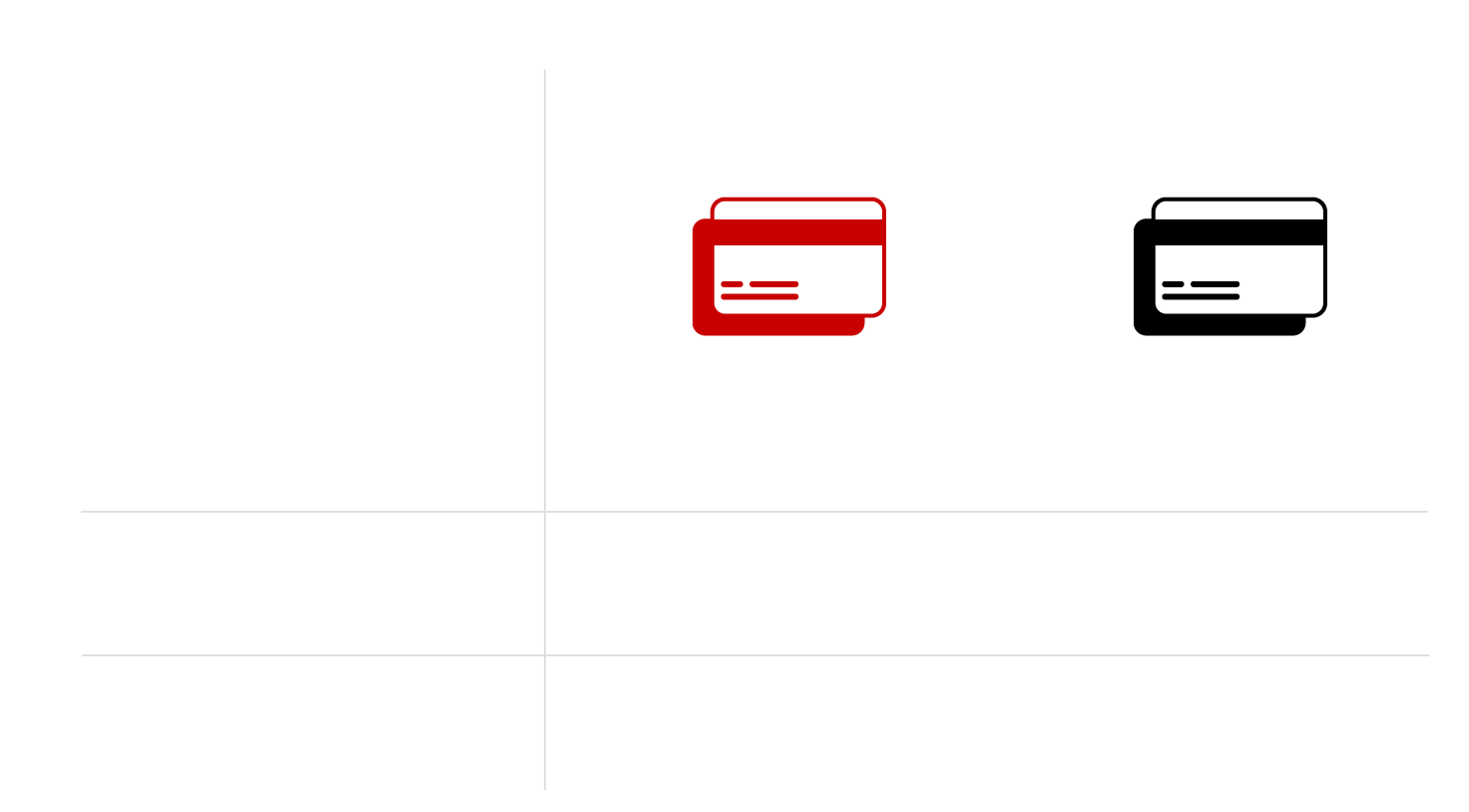
Merchant A
Merchant B
200
4
# of Chargebacks
# of Transactions
20,000
400
1%
1%
Chargeback-to-Transaction
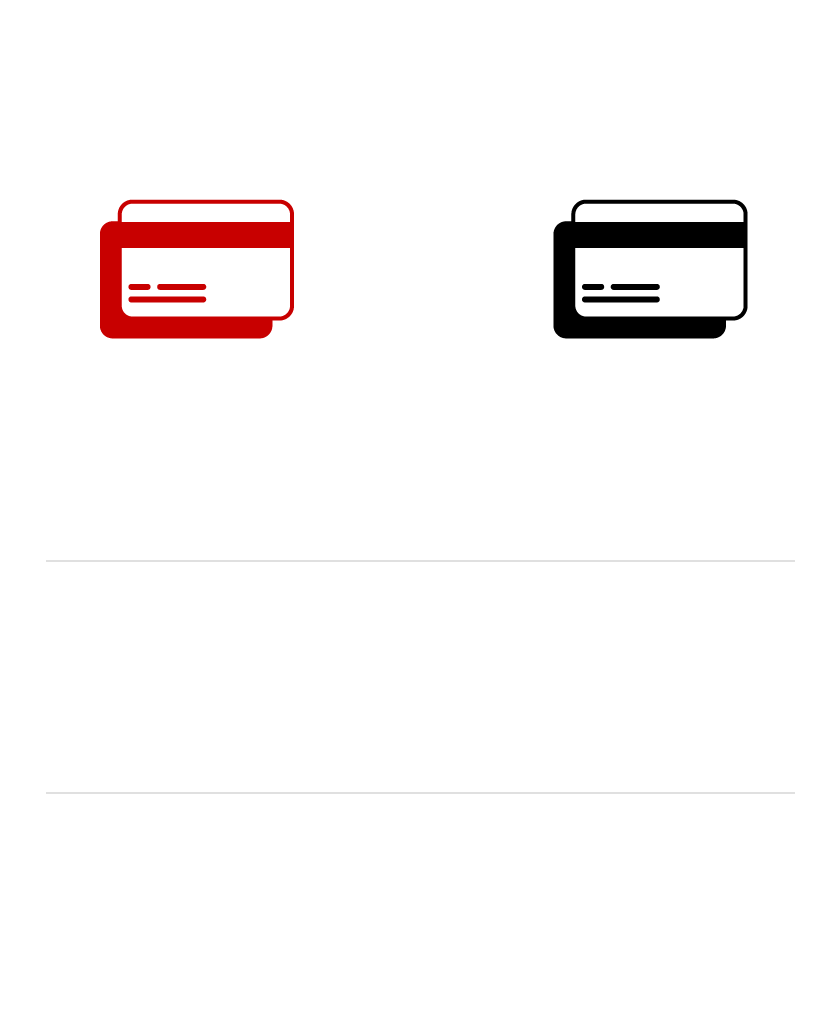
Merchant A
Merchant B
# of Chargebacks
200
4
# of Transactions
20,000
400
Chargeback-to-Transaction
1%
1%
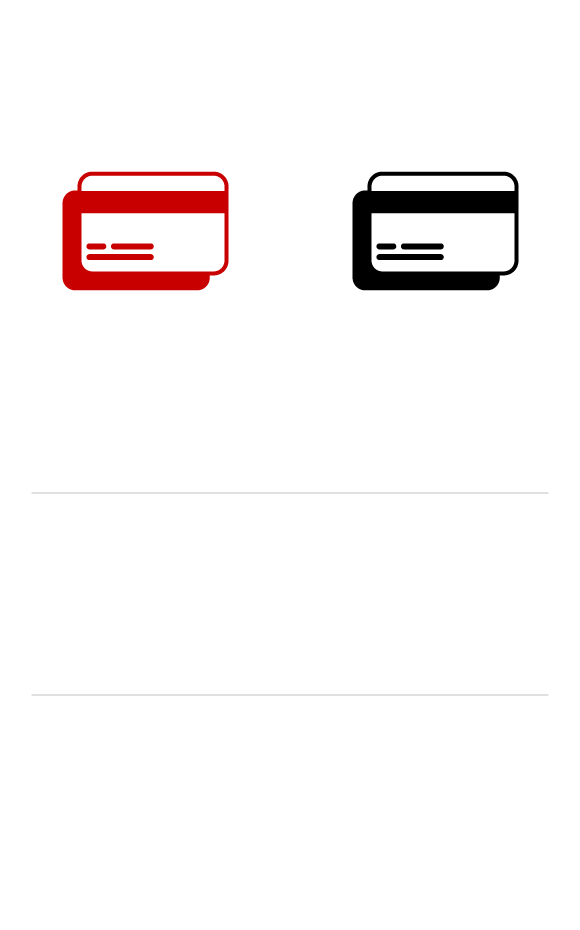
Merchant A
Merchant B
# of Chargebacks
200
4
# of Transactions
20,000
400
Chargeback-to-Transaction
1%
1%
Of course, the relatively low number of transactions means luxury retailers can’t afford to risk alienating legitimate customers.
Not only will losing a high-value sale due to a false decline impact short-term profits, but it will also turn away a formerly loyal buyer. Plus, given that high-end customers tend to be social influencers with more clout than the average shopper, this will cause disproportionate damage to the business’s reputation.
Tips to Avoid Luxury eCommerce Fraud & Chargebacks
High price tags tend to go together with high customer expectations, but this is at-odds with the need for greater fraud protection. Premium merchants need to find a way to seemingly do the impossible and provide the most thorough fraud screening possible along with a flawless customer experience.
How can merchants manage this?
Tip #1: Verify with Phone Contact
Premium customers expect a personal, high-touch experience. One way to make this work in the merchant’s favor is to call and verify orders over a certain dollar threshold. This should be done in a friendly, non-accusatory way. Instead, have a staff member available to call customers at an appropriate time of day, in the customer’s preferred language, to follow-up on their order. This is an opportunity to build stronger relationships with customers and make them feel cared for while preventing criminal fraud at the same time.
Tip #2: Engage in Manual Review
Fraud filters are useful for flagging potential fraud, but merchants in this price range should not reject any order without thoroughly reviewing it first.
Rejecting orders preemptively would preclude the opportunity for a follow-up call. Plus, many of the red flags that fraud filters are designed to pick up—multiple addresses, different IP addresses, etc.—do not translate well to this sector. Fraud filters are geared toward mass market eCommerce. Thus, without properly-tuned parameters, they will produce false positives in luxury markets even more often than usual.
Tip #3: Understand the Upscale Buying Cycle
While the majority of mass market shoppers are still making the transition to an omnichannel environment, luxury buyers are already seasoned professionals. The buying cycle is typically slower and involves more steps than mass market sales. For example, customers might stop by a physical store to get a feel for items they’re considering, and they might contact a sales person a few days later to follow-up and get more information.
Merchants need to adjust their strategies to this reality. Premium customers expect to be able to cross multiple channels at will, but still enjoy the same consistent, high-touch experience throughout their journey.
Tip #4: Be Ready to Accept Telesales
Luxury shoppers are also more likely to ultimately complete a purchase using an alternative channel, such as by telephone. This presents unique challenges, such as the fact that while these are still card-not-present sales just like any online transaction, they take place outside of the merchant’s online fraud identification systems.
This calls for an element of system integration allowing sales representatives to manually enter orders into the same platform as eCommerce orders for better fraud review.
Optimize Earning Potential Without Increasing Risk
Operating in high-end markets offers tremendous opportunities, as well as heightened risk. For these merchants, effective fraud identification and high-touch service meant to counterbalance that risk are integral to their success now more than ever.
If you are a luxury goods merchant, contact Chargebacks911® today. We’ll conduct a personalized risk assessment to identify the unique pain points associated with your sales cycle. Then, our chargeback experts will help you devise a proactive risk management strategy that will ensure optimal earning potential.
